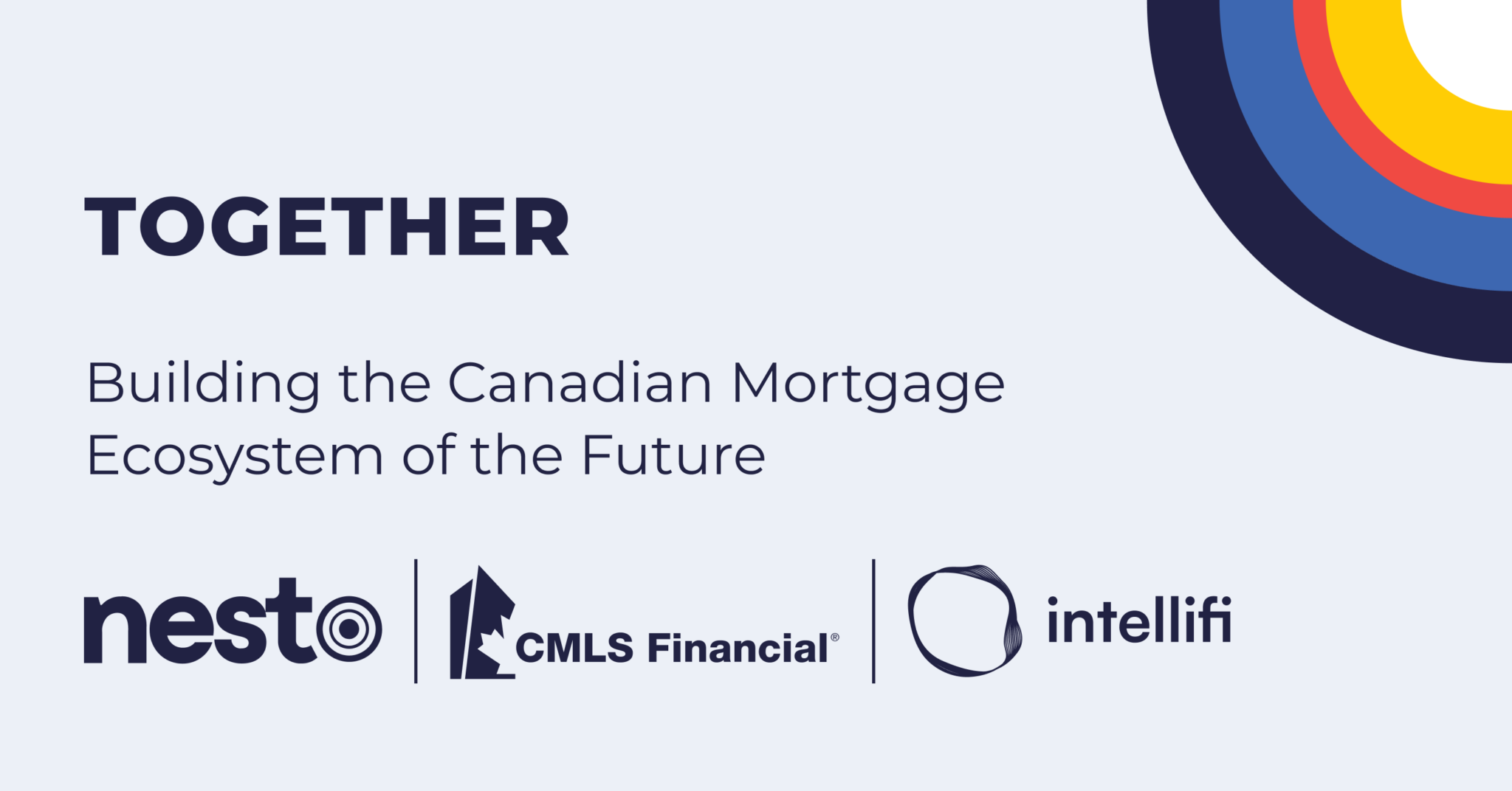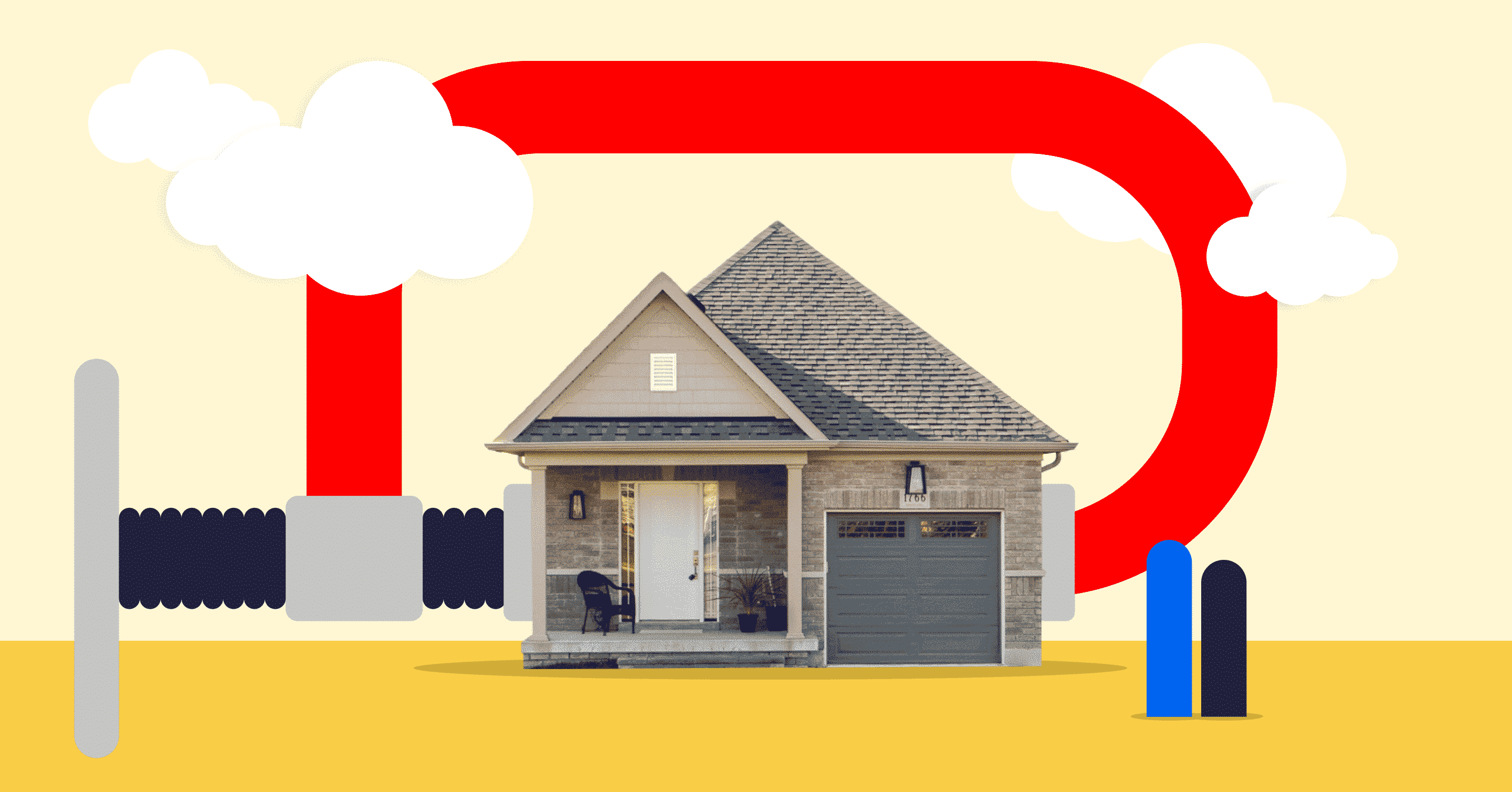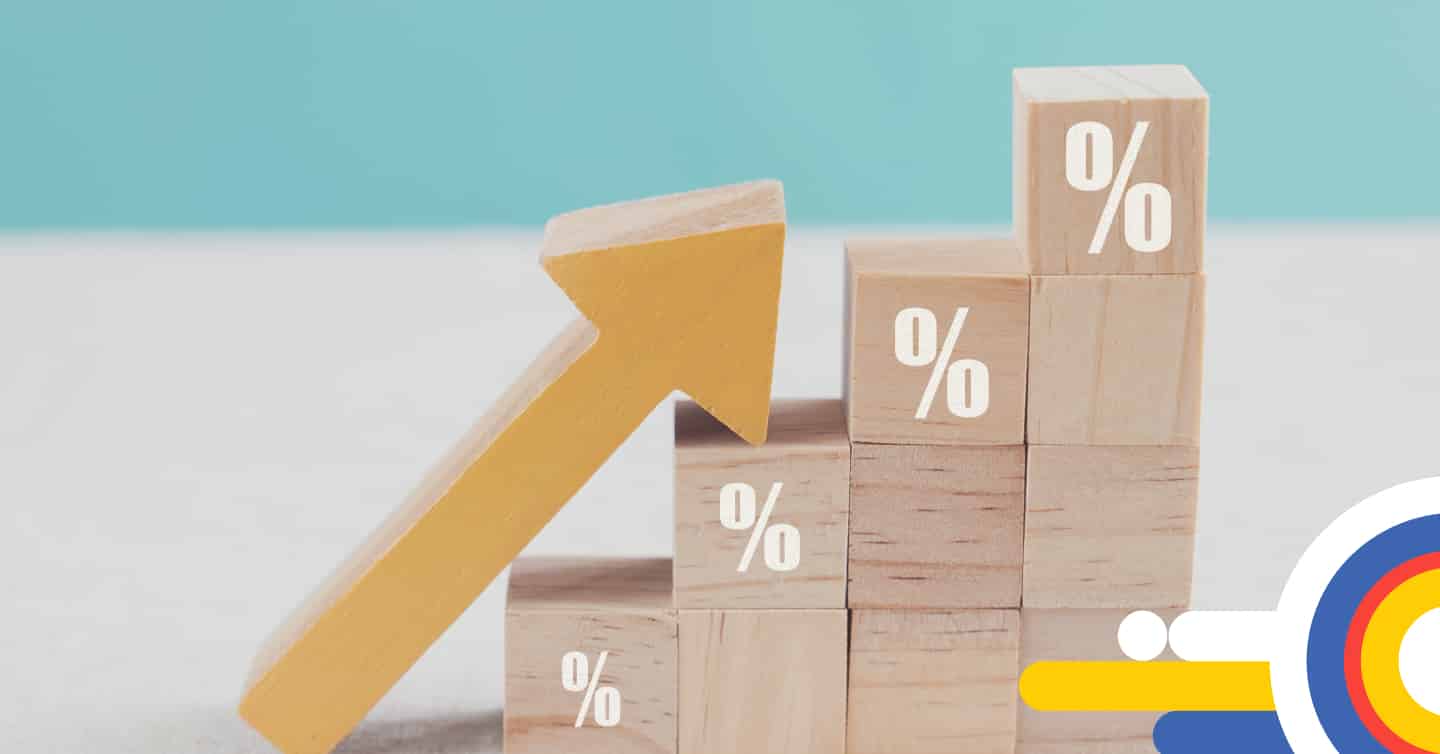Home Buying #Industry News #Real Estate
Home Buying #Industry News #Real Estate
Canada GDP Numbers: What Borrowers Should Know

Table of contents
Much like the global economic landscape, Canada’s economy is constantly in flux. The Gross Domestic Product (GDP) serves as a reliable indicator, providing insights and data into the economic health and prospects of the Canadian economy.
The most recent figures indicate that GDP declined by 0.1% in April, following a 0.2% increase in March. The quarterly report, released on May 30th, revealed that the GDP grew 0.5% in the first quarter of 2025. This post provides a greater understanding of Statistics Canada’s latest numbers and their implications for borrowers in the Canadian market.
Key Takeaways
- The latest GDP numbers show the Canadian economy shrank 0.1% in April.
- In 2024, GDP grew 1.5%.
- Preliminary estimates indicate that the economy is expected to decline by 0.1% in May.
We’re curious…
Latest GDP Numbers in Canada
Gross domestic product (GDP) measures Canada’s economic activity based on the total value of all goods and services produced in Canada over a specific period. Dividing the total GDP by the population reveals the average economic activity each citizen contributes, referred to as GDP per capita.
When tracked over many years, GDP can show whether Canada’s economy is growing or contracting. When GDP is on the rise, it is a sign of good economic health. Meanwhile, contracting GDP indicates that Canada is not working at full capacity or might be heading toward, or is already in, an economic recession.
Statistics Canada reported that the Canadian economy contracted 0.1% in April, following a 0.2% increase in March.
Sectors that saw contractions include:
- Manufacturing declined 1.9%, the largest decline since April 2021 and the most significant contributor to this month’s decline in GDP.
- Wholesale trade fell 1.9%, the largest monthly decline since June 2023.
Sectors that saw gains include:
- Finance and insurance rose 0.7%, the largest monthly increase since August 2024.
- The public sector increased 0.4%.
- Arts, entertainment and recreation grew 2.8%, the largest increase since March 2022.
GDP First Quarter of 2025
Statistics Canada’s Q1 GDP data show an increase of 0.5% for the first quarter of 2025. This data indicates that Canada still does not meet the technical recession criteria, as 2 consecutive quarters of declining growth are required to fulfill the definition.
Exports of goods drove growth in Q1, followed by accumulations of business non-farm inventories. Higher imports and weak residential resale activity stalled overall growth.
Canada’s Economy Shrank 0.1% in April, With a Decline Projected of 0.1% in May
April’s GDP declined 0.1%, with 10 of 20 sectors expanding this month. According to Statistics Canada’s preliminary estimate for May, GDP is expected to decline 0.1%. This advanced estimate is due to declines in mining, quarrying, and oil and gas extraction, public administration, and retail trade, offset by an increase in real estate and rental and leasing.
Housing Investment Declines
Residential investment, a key driver of the Canadian economy, fell 2.8% in the first quarter. This was driven by an 18.6% decline in ownership transfer costs, representing activity in the resale market. This marks the largest decline in ownership transfer costs since the first quarter of 2022, when interest rate increases from the Bank of Canada curbed resale activity.
Real Estate Rental and Leasing vs. Home Sales
The real estate rental and leasing sector declined 0.4% and was the largest detractor to growth in Q1 2025, following 9 consecutive quarterly increases. Offices of real estate agents and brokers and activities related to real estate (-13.9%) were the most significant contributors to declines over the first quarter. This also marked the largest decrease since Q2 of 2022, when resale activity across many markets cooled.
Household Spending Increases
Household spending rose 0.3% in Q1, slowing after an increase of 1.2% in Q4 of 2024. Growth in household spending was primarily driven by rental fees for housing and financial services. These increases were offset mainly by lower spending on passenger vehicles.
The Impact of Rising Bond Yields on Mortgage Rates
With the Canadian economy in a state of uncertainty, bond yields have risen significantly, reaching a 16-year high of 4% at the end of August 2023. This rise in bond yields has had a knock-on effect on mortgage rates. Borrowers are faced with higher interest rates, resulting in increased borrowing costs.
5-year bond yields have started to decline. They began falling in November 2023, and lenders began lowering rates for fixed-rate mortgages as the yield fell. The 5-year bond yield currently sits around 2.87%.
Frequently Asked Questions
What is GDP?
Gross Domestic Product (GDP) measures Canada’s total economic output over a specific period. It represents the monetary value of all finished goods and services produced domestically by Canadian businesses.
What is the GDP of Canada, and why is it important?
As of Q1 of 2025, Canada’s GDP increased by 0.5%, indicating economic growth. GDP is a key indicator of whether our economy is performing well or if there are signs of a recession. A recession can be determined by two consecutive quarters of decline in real GDP.
What are the major industries in Canada?
Canada has a diverse economy, with key industries including natural resources (such as oil, mining, and forestry), manufacturing, the services sector (including real estate, education, and health), and, increasingly, technology and innovation.
Final Thoughts
The latest GDP numbers paint a complex picture of the Canadian economy. Future rate markets and economists are pricing in a rate hold for the July announcement.
With the economy reacting daily to interest rates, this may be an opportune time to prepare your finances if you are looking to purchase a home or renew or refinance your mortgage. Reach out to nesto mortgage experts to understand your borrowing capacity and solidify your mortgage strategy.
Ready to get started?
In just a few clicks, you can see our current rates. Then apply for your mortgage online in minutes!















